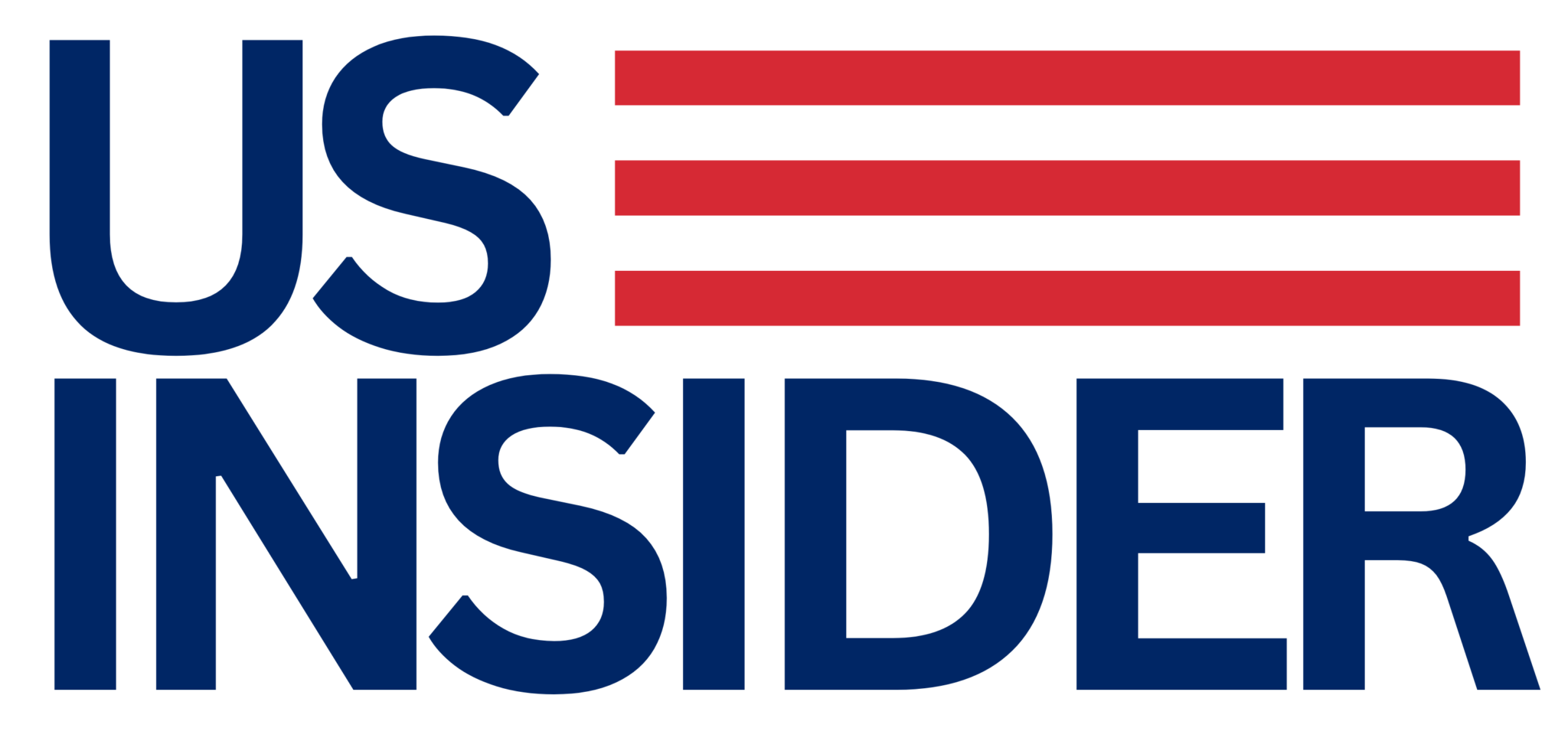Keeping cash flow steady is crucial for small businesses—no matter how the economy is doing. With so many expenses, from payroll to rent to supplies, it’s easy to feel like you’re just scraping by. So, how can small businesses make the most of every dollar, stay afloat, and even grow? The answer lies in a few smart money moves that can optimize cash flow without reinventing the wheel.
Here’s a breakdown of practical money strategies to help small businesses thrive, organized by the critical parts of a business where costs can quickly add up. Let’s dive in.
Rethink Your Supplies
Operating costs for items like supplies and materials may seem non-negotiable, but there is room for savings if you know where to look. First, examine your order patterns and volume. Are you making small, frequent orders out of convenience? Ordering in bulk—especially for non-perishables—can lead to potential savings. Suppliers often provide discounts on bulk purchases, and some may have loyalty programs or discounts for regular customers.
Another strategy? Explore alternative suppliers and get quotes from each of them. Avoid becoming overly attached to one supplier; staying flexible can help you find better prices. Additionally, consider renegotiating with existing vendors. Many suppliers may be open to discussing discounts if you are placing regular or larger orders. Every small saving adds up, which can ease your monthly cash flow pressures.
Get a Better Grip on Loans
Let’s face it: borrowing can be daunting, but finding a small business lender is more accessible than ever. The days of relying solely on large banks that demand high credit scores and take weeks to provide quotes are gone. Today, fintech companies, online lenders, and alternative lending platforms offer faster access to funds with greater flexibility. However, not every loan provider will be the right fit for every business.
Be selective with your financing; you want to avoid locking yourself into unfavorable loan terms. While some online lenders may offer competitive rates, others may have high-interest rates that could strain your cash flow over time. Seek out lenders like ForaFinancial.com with transparent terms, and if possible, opt for fixed rates over variable ones to avoid surprises as interest rates fluctuate.
Moreover, consider community banks and credit unions—they are often more accommodating than large banks. Even if you’ve been turned down in the past, community lenders usually have a better understanding of local businesses and may be more willing to take a chance on you.
Know the Write-Offs That Count
Taxes can feel overwhelming, but understanding your deductions can significantly impact your bottom line. Don’t wait until tax season to start thinking about deductions. Familiarizing yourself with what qualifies throughout the year can save you time and reduce last-minute stress. For instance, expenses related to your business, from equipment to software and certain operational costs, may qualify for deductions. If you’re unsure, consult a tax professional who can help identify deductions you might overlook.
The strategy is to maintain a tax plan throughout the year, especially as the year-end approaches. Many tax professionals recommend their clients consider year-end tax-saving strategies to support deductions. For example, expenses like new equipment or repairs originally planned for the following year can sometimes be moved into the current year to optimize tax benefits. Additionally, if your business is experiencing a particularly profitable year, consider making charitable contributions or investing in employee training programs—these can provide potential deductions while benefiting your business.
Going Green to Save Green
Energy bills are often a hidden drain on cash flow, but energy costs are one of the easiest expenses to reduce. First, examine your lighting. Switching to LED bulbs, which last longer and consume significantly less power than traditional bulbs, could lead to substantial savings over the year. Some local governments and utilities even offer rebates for businesses that upgrade to energy-efficient lighting.
Heating and cooling costs are another significant expense. If your building has outdated HVAC systems, consider upgrading them. While this may involve an upfront cost, it can lead to significant savings in the long run. Encourage employees to be mindful of energy use during off-hours. Implementing smart thermostats or motion-sensor lights can also help reduce energy waste with minimal effort.
Additionally, explore renewable energy options. More companies are offering affordable solar solutions or energy offsets that benefit the environment and can help lower energy bills. Going green can also resonate positively with customers who value eco-conscious businesses.
Boost Productivity with Automation Tools
Consider the hours your team spends on repetitive tasks. Whether managing customer relationships, handling payroll, or tracking inventory, repetitive work can consume valuable time. By automating some of these daily tasks, you can improve efficiency and reduce labor costs.
Look into automation tools specific to your industry. For example, if you’re in retail, inventory tracking software can significantly minimize stockouts and overstocks. Customer service chatbots can handle frequently asked questions, saving your team time and reducing the need for constant monitoring. In marketing, tools like email marketing automation can keep customers engaged with minimal effort from your team.
The best part? Many of these tools are more affordable than they used to be, with some excellent free options available that can provide your small business with a boost. Just ensure you weigh the cost of each tool against the time savings and increased productivity it offers.
Plan Ahead, Stay Ahead
Managing cash flow means not only understanding your current situation but also looking ahead. Cash flow forecasting allows you to identify potential gaps or surpluses, helping you plan for times when expenses peak or revenue dips.
A straightforward way to begin is by creating a simple cash flow statement that lists all incoming and outgoing cash. Track seasonal patterns to anticipate high and low months, which can inform your spending and borrowing decisions. If you expect a slow month, for example, it’s beneficial to know in advance so you can adjust expenses or defer certain costs if possible.
Some accounting software can even automate cash flow projections by pulling data from your actual transactions to predict future cash flows. These tools can provide real-time insights into trends and give you a clearer picture of what to expect, reducing the likelihood of sudden financial surprises.
Keep It Lean, Keep It Growing
The effective moves to save money are not always the most glamorous. They are steady, calculated decisions that reduce costs incrementally, allowing you to direct those savings toward growth. By being proactive with spending, carefully choosing your financing, and utilizing smart tax strategies, small businesses can maintain healthy cash flow even in challenging times.
It’s not about cutting corners but about working smarter. Small changes, when accumulated over time, can lead to significant wins.
Disclaimer: This content is for informational purposes only and is not intended as financial advice, nor does it replace professional financial advice, investment advice, or any other type of advice. You should seek the advice of a qualified financial advisor or other professional before making any financial decisions.
Published by: Annie P.






